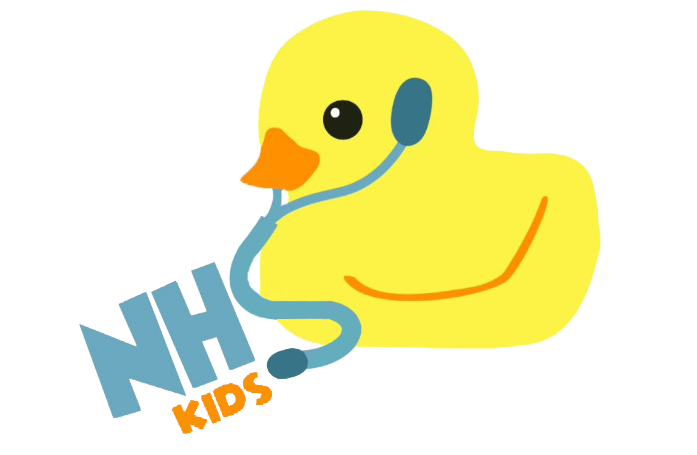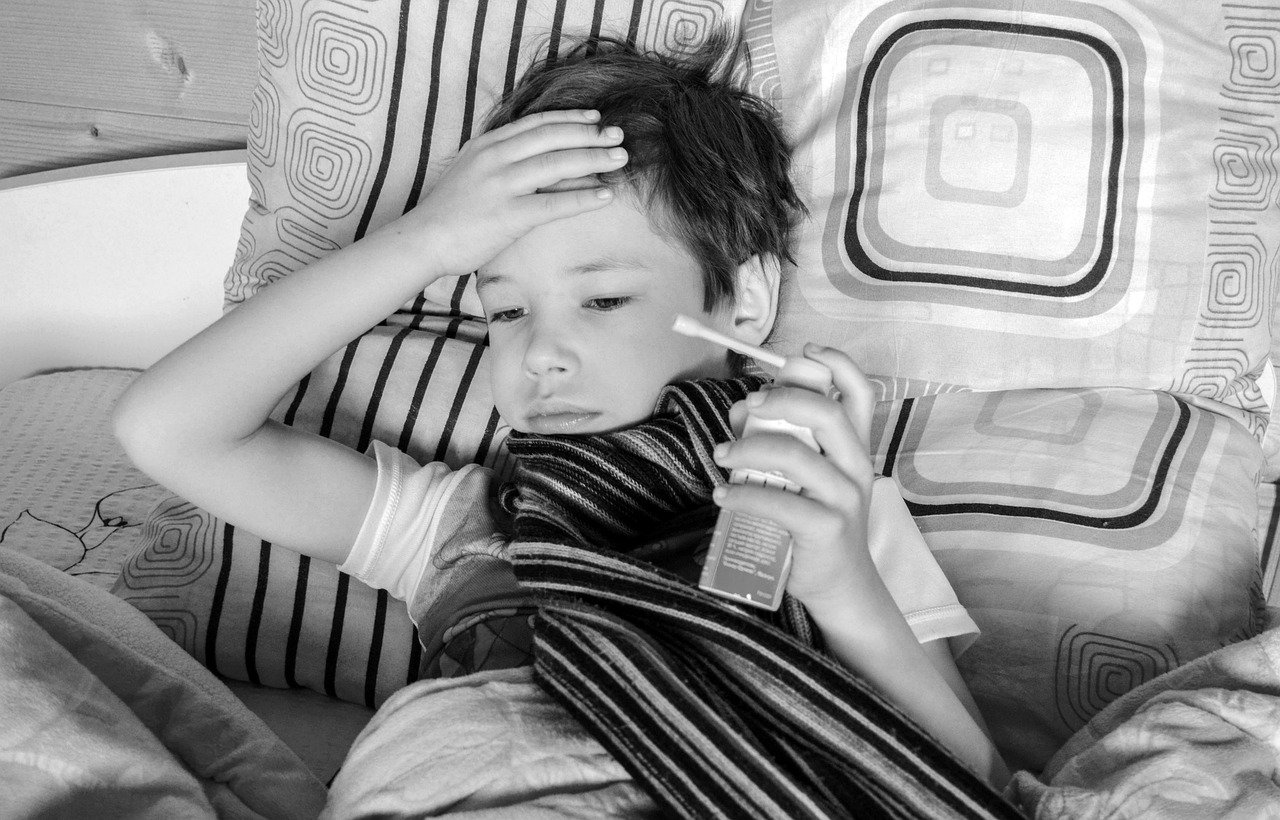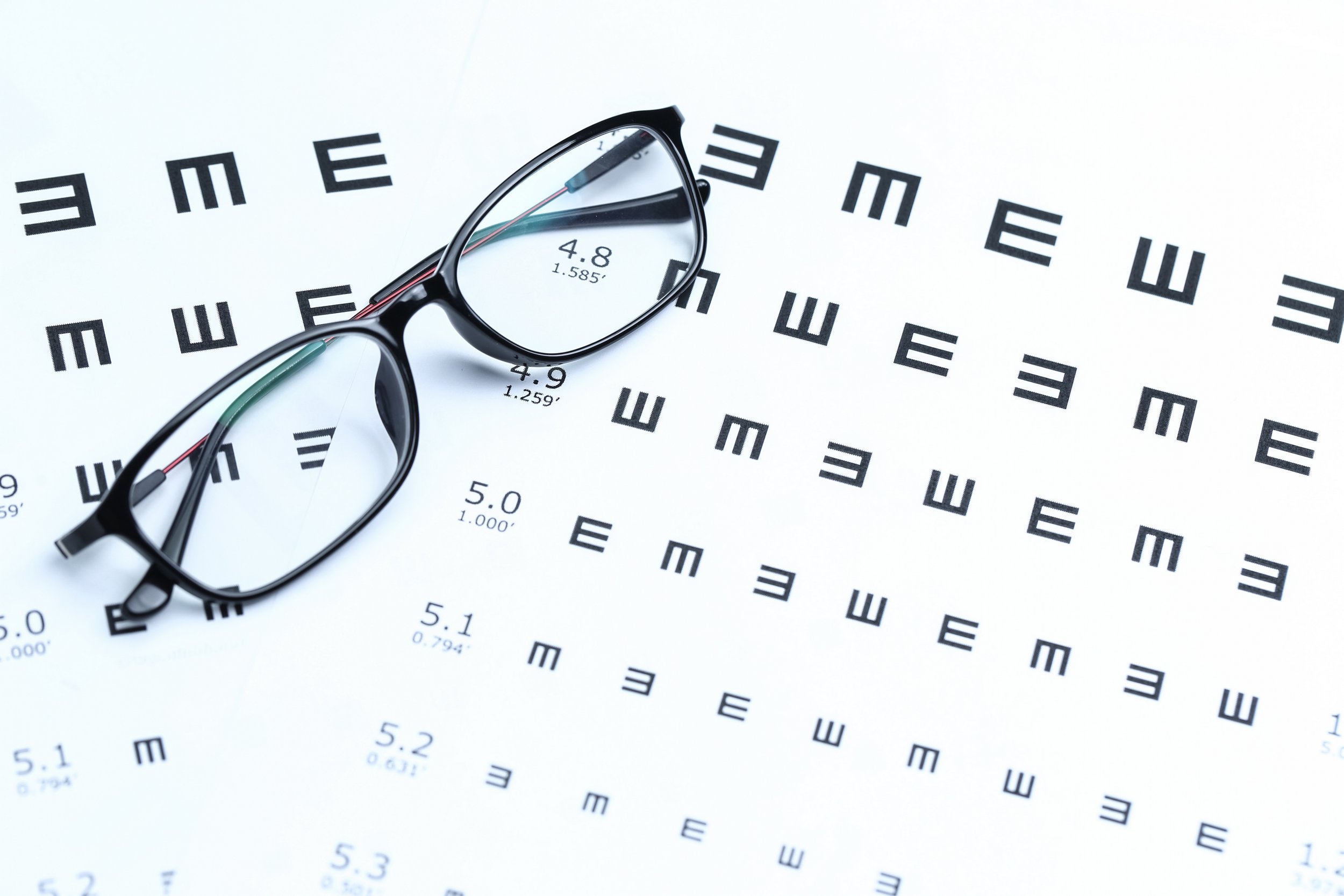Common Childhood Illnesses
Here are 10 reasons why your kid falls sick regularly and it’s time you know why
DISCLAIMER:
The contents of this webpage are for informational purposes only. This information is intended to support, not replace any discussions with your doctor or healthcare professionals and should not be seen as a substitute for seeking professional medical advice. Please always seek professional medical help if your child is feeling unwell or if you are unsure of your child’s medical condition.
Asthma
Asthma is a condition that inflames and narrows the airway
It also creates extra mucus that makes breathing difficult and is one of the most common, noncommunicable chronic disease amongst children
-
While asthma does not have a specific cause, it can be due to a combination of environmental and inherited (genetic) factors.
Exposure to various irritants and substances that trigger allergies (allergens) can trigger signs and symptoms of asthma. Asthma triggers are different from person to person and can include:
Airborne allergens, such as pollen, dust mites, mold spores, pet dander or particles of cockroach waste
Respiratory infections, such as the common cold
Physical activity
Cold air
Air pollutants and irritants, such as smoke
Certain medications, including beta blockers, aspirin, and nonsteroidal anti-inflammatory drugs, such as ibuprofen (Advil, Motrin IB, others) and naproxen sodium (Aleve)
Strong emotions and stress
-
Signs & Symptoms:
Shortness of breath
Wheezing when exhaling
Coughing
Chest tightness
-
What to do: Inhalers
Learn how to use an inhaler.
Check that your child is using the right spacer for his / her age.
Wash spacer at least once a month.
Soak in washing liquid and hot water without rinsing.
Air dry, do not use cloth.
Check the expiry date on the inhaler.
At home
Keep the house dust-free
Refrain from smoking
Follow asthma action plan
Maintain a routine - do a puff every morning and night
In school
Inform teachers of your child’s condition
Prepare an inhaler for school use
Ensure that your child has the blue inhaler at all times
2. Hand Foot Mouth Disease
Hand food mouth disease (HFMD) is a mild, contagious viral infection commonly seen on young children.
HFMD is commonly caused by coksackievirus and gets better in 7 to 10 days by itself
While it affects all ages, young children below age 5 are more at risk of HFMD
-
Contact with droplets that contain the virus made when a person sick with HFMD coughs, sneezes, or talks.
Touching an infected person or making other close contact with them, such as kissing, hugging, or sharing cups or eating utensils.
Touching an infected person’s poop, such as changing diapers, and then touching your eyes, nose, or mouth.
Touching objects and surfaces that have the virus on them, like doorknobs or toys, and then touching your eyes, nose, or mouth.
-
Rash and blisters on child’s ears, palms, feet, buttocks, and/or painful mouth ulcers
Fever, sore throat, reduced appetite
-
Visit the doctor immediately
Inform your child’s school.
Give your child plenty of water / fluids.
Ice cream and cold drinks can help to reduce pain.
Switch to soft diet (eg. porridge, soup, puree) because mouth ulcers are painful.
Do not share food with your child.
Wash your hands after each contact.
3. Chickenpox
Chickenpox is a highly contagious disease caused by the virus known as varicella zoster.
Chickenpox usually lasts 4 to 7 days and can be life threatening for adolescents, adults, pregnant ladies and individuals with weakened immunity if not managed properly.
-
It spreads from person to person through direct contact with the virus. You can get chickenpox if you touch a blister or the liquid from a blister. You can also get chickenpox if you touch the saliva of a person who has chickenpox. The virus enters the body by the nose or mouth and can make you sick, too.
It can also be spread to you through the air if you are near someone with chickenpox who is coughing or sneezing.
A pregnant woman with chickenpox can pass it on to her baby before birth.
Mothers with chickenpox can also give it to their newborn babies after birth.
-
Small red dots on abdomen, back or face
Blisters
Fever
Runny nose
-
Relieve fever with children’s paracetamol.
DO NOT give aspirin as they may cause side effects.
Inform your child’s school.
Keep child’s nails short.
Manage itch with antihistamines or cold baths.
4. Minor Head Injury
Head injury is any kind of damage to the scalp, skull, brain, or other tissue and blood vessels found in the head
It can present as a small bump, bruise, laceration, skull fracture or even unnoticeable at first glance
Head injury can be severe when it results in infections and internal bleeding, which occlude important brain structures and compromise brain functions
Young children are especially susceptible to head injuries when they are not careful with their surroundings
-
Playing sports in a dangerous manner
Road traffic accidents
Lack of safety precautions when commuting on vehicles
Falling on slippery ground
*Note that the list is non exhaustive as there are many ways that young children can get injured easily
-
Bruising
Bleeding
Headaches
Vomiting once or twice
Brief loss of consciousness
-
Apply pressure with gauze to the wound until the bleeding stops.
Place an ice pack on any bumps to reduce swelling (up to 15mins).
Watch your child closely for the next 24 hours for any unusual symptoms.
Seek medical advice if your child has any of the signs and symptoms stated above.
Implement extra precaution when your child is conducting any potentially unsafe activities
5. Febrile Seizures
A type of seizure that occurs when a young child has a fever above 38 degree celsius
It usually lasts for a few minutes and stop on its own
It is not considered epilepsy (seizure disorder) and becomes less common as the child matures
-
Infection - viral infections (less often bacterial) are responsible for causing fever, which ultimately results in febrile seizures.
Post-vaccination seizures - childhood vaccinations such as the diphtheria, tetanus and measles-mumps-rubella vaccine could also cause fever, which brings about the febrile seizure.
-
Seizures when your child is having a fever
Twitching of limbs
Eyes rolling backwards
Foaming at mouth
Loss of consciousness
-
DO NOT put anything into your child’s mouth.
Make sure your child’s surroundings are safe.
Put him/her on the floor and turn them to their side to prevent choking.
See the doctor when your child stops having seizures.
Emergency - call 995 immediately if:
Seizure lasts more than 5mins
Your child has difficulty breathing
Your child has a stiff neck
Your child is still unconscious after 30 mins
6. Constipation
It is an abnormal colonic motility common in young children, where the frequency of passing stools is generally less than 3 times a day
Constipation could lead to pain and discomfort with swelling and bleeding around the anus
It often signifies unhealthy dieting, and lifestyle and affects the general quality of life in the long run
-
Lack of dietary fibres from vegetables and fruits
Lack of exercise
Inadequate fluid intake
-
Cannot pass motion easily
Harder, stiffer, pellet-like stools
Pain and strain when passing motion
-
Drink more water or fruit juice.
Eat more fruits and vegetables.
See the doctor if constipation persists.
7. Atopic eczema
Atopic eczema is a chronic condition that makes your skin dry, itchy and flaky
It compromises your skin’s protective barrier, resulting in red inflamed tissues and potential infections
It is a type of dermatitis; often starts in early infancy and affects 1 in every 10 children
-
House dusts mites and pollens
Food allergies
Extended exposure to dry air, extreme heat or cold
Some types of soap, shampoos that cause dander, bubble bath products, body wash, and facial cleansers
Laundry detergents and fabric softeners with chemical additives
-
Long-term flaky, dry skin
Red, scaly, scratched rashes
Frequent scratching due to itch
Itch worsens when there is dust, sweat, stress
-
Moisturise regularly, twice a day (especially after bathing).
Shower in luke-warm or cold water
Avoid things that trigger the itch (eg. dust, wool, soaps or detergents that cause itch).
8. Head Lice
Head lice are wingless insects that reside on human hair and feed on blood provided by the scalp
Their bites can cause itchiness and the likelihood to scratch the scalp, leading to an infection
-
Direct contact transmission
Head lice often spread from one person to another by direct head-to-head contact, often within the family or with close friends
Indirect contact transmission
Insects may spread from one person to another through personal items, such as cap, earpiece, headphone and towels
-
Itchiness on scalp
Tickling feeling of something moving on head / hair
Sores from scratching and red bumps on scalp
Difficulty sleeping
Lice eggs in hair (small white object)
-
Apply Malathion for a day, reapply one week later.
Remove lice every 3-4 days for 3 weeks
By hand OR,
Using a fine tooth comb on your child’s wet, conditioned hair.
Wash contaminated items (eg. clothes, bedsheets, pillowcase, towels).
Avoid head-to-head contact with others.
9. Myopia
‘The prevalence of myopia in Singapore is among the highest in the world, with 65 percent of our children being myopic by Primary 6, and 83 percent of young adults being myopic’ - MOH Singapore
Myopia refers to nearsightedness where the light rays entering the eye fall short of the retina, which picks up visual images and converts them into electric signals to the brain
Myopia can also increase the risk of developing eye disorders later in life such as cataracts, glaucoma and macular degeneration. All of which could cause vision loss and even blindness.
-
There is no exact reason for myopia because it is a mix of hereditary and environmental factors. However, some causes are commonly attributed to the development of myopia in today’s world:
Using electronic devices at close distances for prolonged periods, without adequate eye breaks
Too little outdoor activities
Genetics
-
Complaints of blurry vision (not able to focus on distant objects)
Squinting to try to see better
Frequent eye rubbing
Frequent headaches
-
Getting a pair of glasses helps to correct the refractive error caused by myopia
Contact lenses could be an alternative option for glasses when conducting activities that require lots of movement
Limit screen time on electronic devices and keep an arm’s length when using these devices
Take frequent eye breaks by looking out of the window at distant objects (practise focusing the eyes)
Do not use your phone in the dark because it will further damage the eyes
10. Dental Caries
Dental caries is a biofilm-mediated, diet modulated, multifactorial, non-communicable, dynamic disease resulting in net mineral loss of dental hard tissues.
a prevalent chronic infectious disease resulting from tooth-adherent cariogenic bacteria that metabolise sugars to produce acid, which demineralises tooth structure over many progressions
In most adult populations, caries prevalence reaches 100% when people reach the adult stage of their lives. Untreated tooth decay in permanent teeth is the most common global health condition affecting 34% of the global population
Maintaining good oral hygiene is important for young children because of their susceptibility to dental caries with the food they eat and the way they take care of their teeth
-
Note that dental caries require a mix of factors (time, food, bacteria and the tooth itself present) to be able to develop.
Accumulation of dental plaques on biting surfaces, between teeth, fissures and pits on molars and any place that is hard to clean
Consuming sugary processed beverages and food where
They stick to tooth surfaces
They do not require much chewing
They are consumed in high frequency
Inadequate brushing with fluoride toothpaste
Salivary production is limited due to disease such as diabetes and certain medication, which leads to dry mouth
-
The early stages of decay are usually painless and only regular professional examinations can help detect the decay at this point. However, when the enamel is damaged and dentin is exposed, tooth sensitivity develops
Tooth pain when drinking, eating and especially when biting
Cavities formed in late stage caries
White or yellow rough surfaces that appear chalky
-
Seek professional help from a dentist to assess the severity of the carious lesion upon feeling tooth pain or sensitivity
Arrest and avoid having any caries via preventive measures:
Brush all surfaces of teeth slightly angulated towards the junction where the gum meets the teeth - for at least 2 minutes and twice daily
Make sure to use fluoridated toothpaste - at least 1200 PPM of fluoride available (check the labels for details if available)
Floss between teeth to remove stuck food residues
Use mouthrinses after brushing your teeth by rinsing ideally for 1 minute and spitting out (It is not necessarily to have mouthrinse if you do not get caries often)
Visit dentists at least every 6 months if your kid’s teeth are healthy and more frequently if he or she experiences many caries
Reduce intake on sugary and processed food such as cakes and sweets. Fruit juices are concentrated with free sugar and should also be avoided if possible








